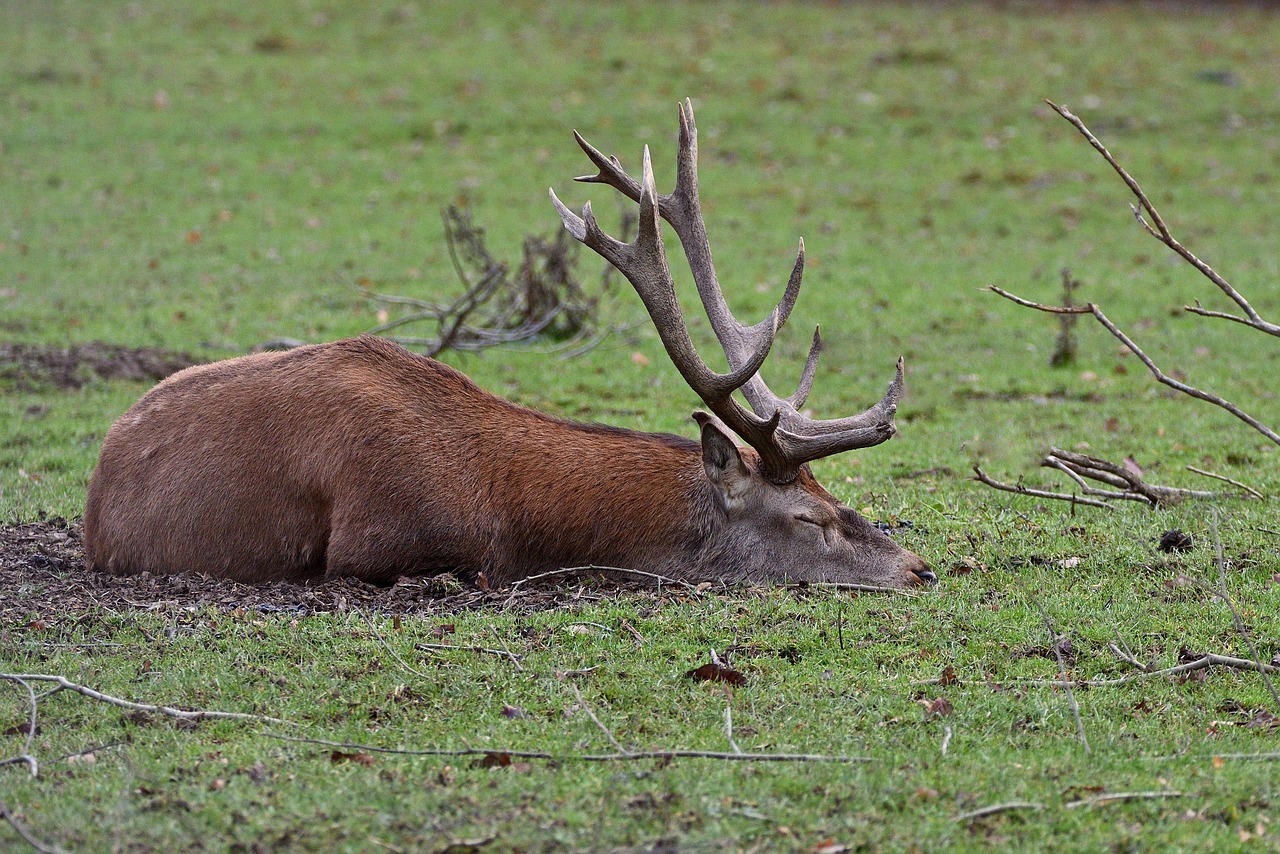
Keith Lusher 09.16.25


The Michigan Department of Natural Resources has confirmed the state’s first cases of epizootic hemorrhagic disease (EHD) in 2025, with the viral infection detected in white-tailed deer from Eaton, Jackson, Van Buren, and Washtenaw counties.
The cases were confirmed through DNR Wildlife Health Section, Michigan State University Veterinary Diagnostic Laboratory, and the Southeastern Cooperative Wildlife Disease Study working together.
EHD is a viral disease that affects white-tailed deer during late summer and early fall. The disease is spread through bites from infected midges, also known as biting flies. Deer cannot spread the virus directly to each other.
“In past years when we’ve confirmed EHD, it has typically affected only one or a few counties,” said Brent Rudolph, deer, elk, and moose management specialist for the DNR Wildlife Division. “Occasionally, local outbreaks have been detected in a dozen or more counties, including as many as 30 in 2012.”
Infected deer often seek water sources to lower their body temperature and rehydrate due to high fever and dehydration caused by the disease. Visible symptoms include acting tired, acting confused, lameness, bloody discharge from the nose and mouth, swollen or blue-tinged tongue, and swelling around the eyelids, neck, or head.

The DNR states there is no evidence that humans, household pets, or other Michigan wildlife can contract the EHD virus. Officials say venison from healthy deer harvested in areas where EHD has been present is safe for eating, though they do not recommend eating meat from visibly sick animals.
Disease spread typically ends with the first frost, which kills the midge population. Outbreaks can be more severe in years following a wet spring and hot, dry summer.
According to DNR data, EHD has occurred in Michigan counties multiple times over the past decade. In 2024, cases were reported in Allegan, Barry, Berrien, Branch, Calhoun, Cass, Genesee, Hillsdale, Jackson, Kalamazoo, Kent, Lenawee, Ottawa, St. Joseph, and Van Buren counties.
The agency reports that EHD has not shown significant long-term effects on Michigan’s deer populations. Deer that survive the disease develop immunity, and outbreaks rarely occur in the same areas in back-to-back years.
Suspected cases of EHD can be reported through the DNR’s Eyes in the Field online system. Once confirmed in a county, continued testing is not necessary, but the DNR encourages ongoing reporting to track outbreak size.
Trending Products












